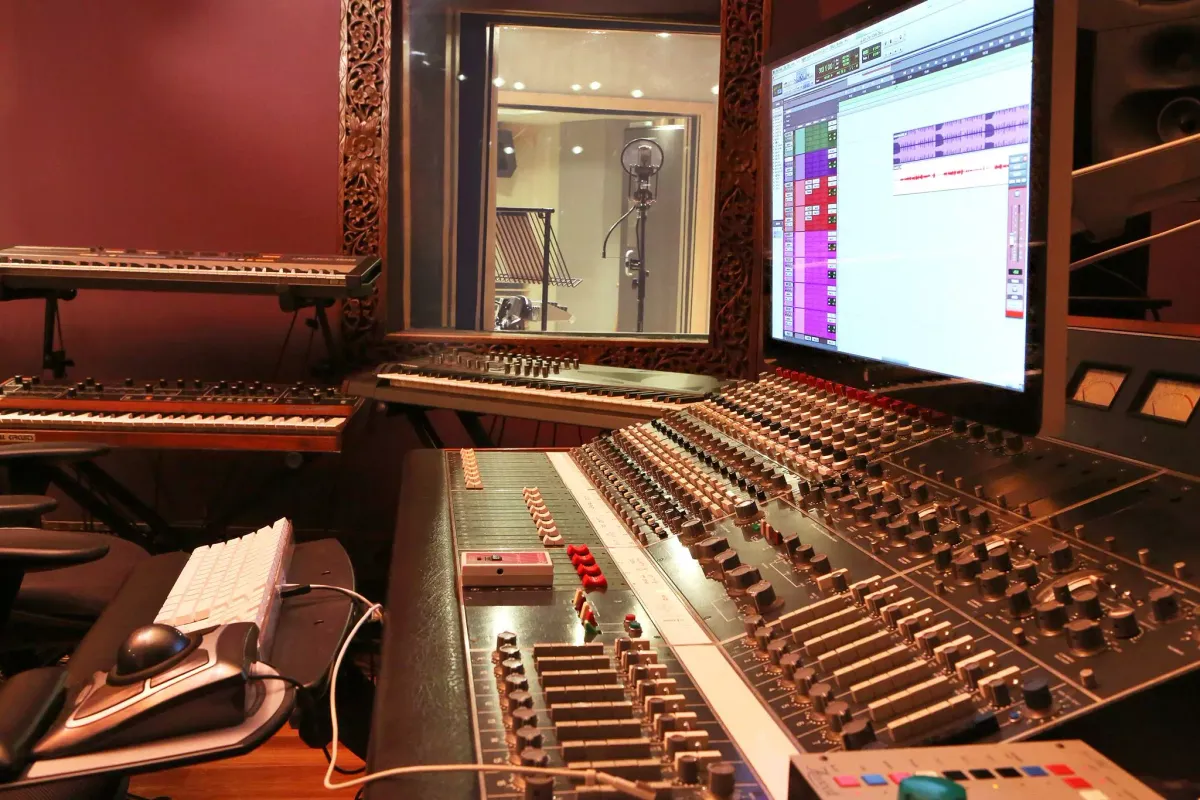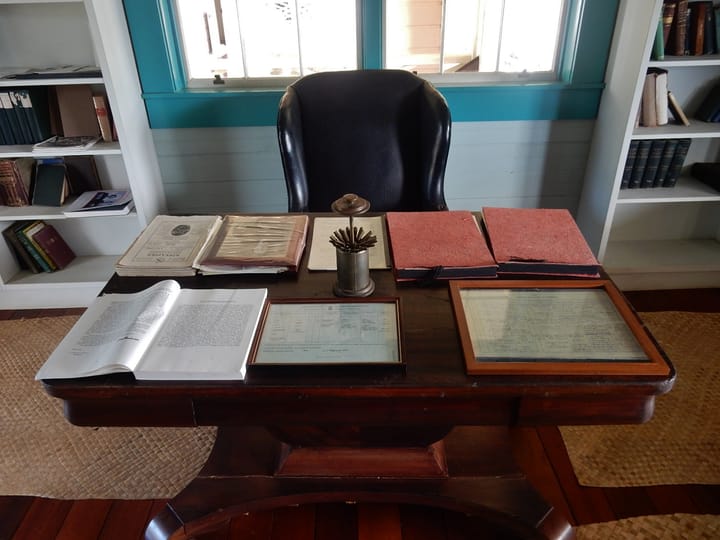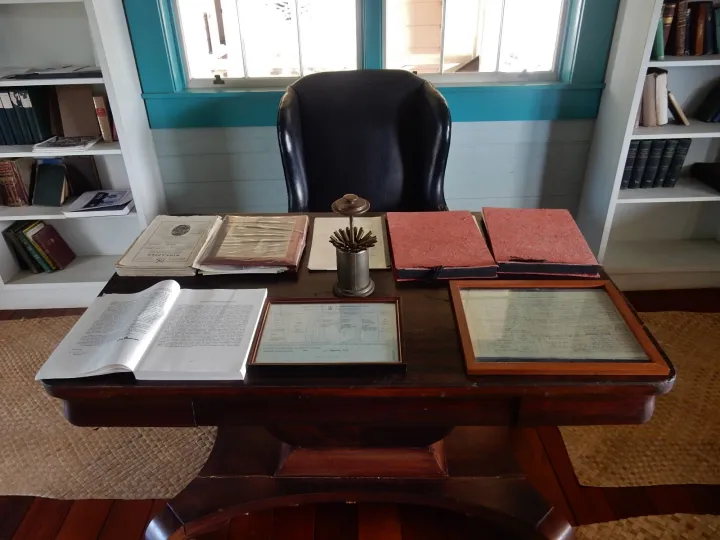Backstage: String Fifths
How “String Fifths” was created

General Notes
String Fifths is a short, improvised piece inspired by the open strings used when tuning the viola and similar instruments. It is scored for piccolo, flute, clarinet, English horn, bassoon, horn, viola, cello, double bass, harp, and organ.
Technical Notes in Plain English
The audio was created using recordings of real instruments, known as sample libraries. Some libraries may consist of a few recorded notes, with other notes being derived from the samples; the libraries used for this recording contain every possible note—and every possible articulation—that each instrument is capable of producing.
Software known as a sequencer was used to control the playback of each note, including its attack, decay, timing, volume, duration, and other characteristics. The recording was further manipulated using convolution reverb; this is a technique whereby a recording of music is processed together with a recording of a room, to create the illusion that the music was recorded in that room.
The score was created using software similar to word processing software, but designed for musical notes and symbols.
Technical Notes in Technical English
Hardware
- Alienware Aurora 5500 (AMD Athlon 64 4000+, 4GB DDR PC-3200 SDRAM, ATI Radeon 9550SE 128MB, Dual 250-GB 7200-RPM hard drives, M-Audio Audiophile 192 192kHz Soundcard) running Windows XP
- M-Audio Keystation 88es MIDI controller
- ADS L8Es as studio monitors
- Vandersteen Audio Model 2 speakers for higher-quality listening
- Advent computer speakers (circa 1996) for lower-quality listening
- Apple iPod (third generation) for headphone listening
- Mid-range Denon and low-end Radio Shack amplifiers
Software and Process
Some parts were played in real time using the MIDI controller. Others were drawn using the MIDI note editor in Cubase SE 3.
Samples were triggered using Kontakt 2, with Cubase as the VST host.
All instrument samples were from the Vienna Symphonic Library, except the organ samples, from the Jeux d’orgues 2 sample set of the Stiehr-Mockers organ of Romanswiller.
Mixdown of dry audio tracks was done in Cubase. Then each separate audio track was placed in its correct stage position and processed in Altiverb, using the Vredenburg Concert Hall* samples. Tracks were processed in this way to work around computing constraints.
The score was exported to MIDI from Cubase, converted with midi2ly, edited in EditPad Pro, and compiled with LilyPond.
*I refer to the old Vredenburg Concert Hall, in Utrecht, Netherlands, designed by Herman Hertzberger. It was built in 1978 and demolished in 2014.




 Support Us
Support Us
Comments ()